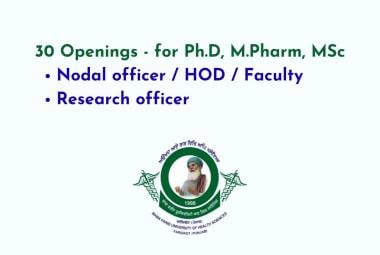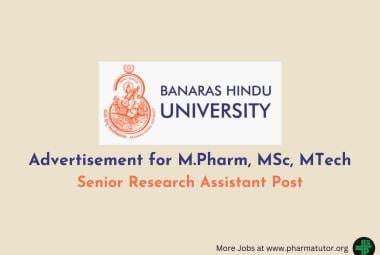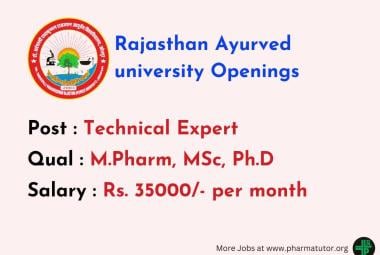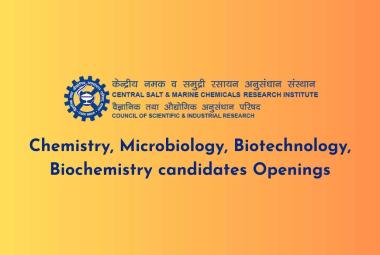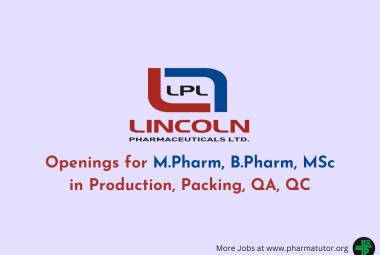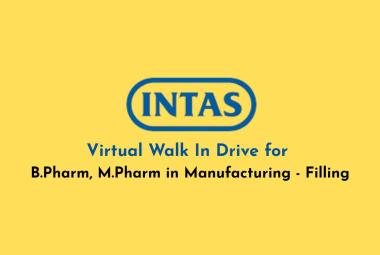FORMULATION OF DOXYCYCLINE LOADED FLOATING FILM USING BIO-MATERIAL EXTRACTED FROM TAGETES erecta
 About Authors:
About Authors:
Prof. (Dr.) N.V.Satheesh madhav, Rohit Singh Negi, *Vikash kumar
DIT-Faculty of Pharmacy,
Dehradun Institute of Technology,
Mussoorie Diversion Road,
Makkawala, P.O. Bhagwantpur,
Dehradun, Uttrakhand
*vikashmalik81@gmail.com, satheesh_madhav@yahoo.com
{ DOWNLOAD AS PDF }
Abstract:
The aim of research work was to isolate novel biopolymer from the seeds of Tagetes erecta and to characterize its physicochemical properties along with the acute toxicity. The isolated polymer was subjected for screening its retard ability by using as a bio nano carrier for formulating Doxycycline (model drug) loaded floating films. Tagetes is a genus of 56 species of annual and perennial mostly herbaceous plants in the sunflower family. The genus is native to North and South America, but some species have become naturalized around the world. Tagetes species vary in size from 0.01 to 2.2m tall. They have pinnate green leaves blooms are naturally in golden, orange, yellow and white colors, often with maroon highlights. Tagetes grow well in almost any sort of soil. It contains essentials oils, fatty acids, carotenoids and lutein. Tagetes erecta has long been known for its medicinal use, especially for strengthening the heart, and for treating ailments like headaches, swellings and tooth aches. Tagetes erecta seeds were soaked in water and then washed with chloroform and ethyl acetate. Obtained 100 gm of fine powder was soaked in 100ml boiled water for 24 hours. The mixture was filtered and methanol was added in double. The solution was refrigerated for 24 hours and then centrifuged. Precipitate was collected as biopolymer and was dried. The separated biopolymer was subjected for various physicochemical parameters like color, texture, particle size, solubility, colour changing point. Spectral analysis such as IRspectroscopy was done to check the polymeric nature of biopolymers. Drug–polymer interaction and skin irritancy studies are also done to check the polymer safety.



 ABOUT AUTHORS:
ABOUT AUTHORS:  ABOUT AUTHORS:
ABOUT AUTHORS:  About Authors:
About Authors: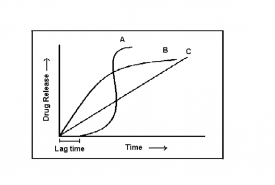
 ABOUT AUTHORS:
ABOUT AUTHORS: